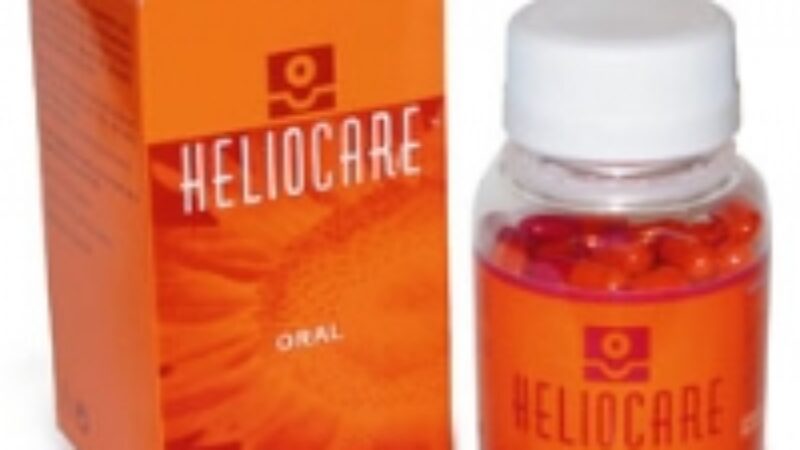In past blogs, we’ve touched upon the issue of fragrance being one of the most problematic and allergy-inducing ingredients in skin care and cosmetics. Reactions can range from contact dermatitis to photosensitivity (increasing the skin’s sensitivity to sunlight), hives, severe migraines as well as respiratory problems such as asthma. Avoiding potentially allergenic ingredients is made even more difficult as the current regulations in the US and in Canada do not require manufacturers to fully list the ingredients in their fragrance mixtures as the “recipes” are considered trade secrets.
Not so in Europe. In 1999, the Scientific Committee on Consumer Safety (SCCS) identified 26 ingredients used as fragrance in personal care products that have the “well-recognized potential to cause allergy” designation. In 2005, this list (found below) was introduced into the European Cosmetics Directive annex III which legally requires the labelling of ingredients which are subject to restrictions on use or are subject to warning labels.
Because hundreds of ingredients are used in the manufacturing of fragrances, this list of 26 is literally the tip of the iceberg. It is certainly not meant to be an exhaustive, all-encompassing list. Rather, it is simply a collection of the 26 that have consistently and repeatedly shown to cause allergic reactions. What’s interesting to note is that approximately half of the list consists of compounds that are of natural origin, found in plants and essential oils, thus challenging the myth that all-natural is all-good. In fact, studies have shown that there is no difference in allergenicity when it comes to synthetically produced or naturally derived fragrances.
In 2012, an assessment by the SCCS determined that no modifications were required of the 26 original ingredients. However, in reviewing studies done since 1999, the SCCS identified a further 82 substances (28 of which were natural extracts) that warranted further consideration. Not surprising when you think that “fragrance” can be comprised of anywhere from 10 to 300 different ingredients.
Tip of the iceberg, indeed.
The SCCS’s 26 Fragrance Allergen List:
1. Amyl cinnamal
2. Benzyl alchohol
3. Cinnamyl alcohol
4. Citral
5. Eugenol
6. Hydroxy-citronellal
7. Isoeugenol
8. Amylcin-namyl alcohol
9. Benzyl salicylate
10. Cinnamal
11. Coumarin
12. Geraniol
13. Hydroxy-methylpentylcyclohexenecarboxaldehyd
14. Anisyl alcohol
15. Benzyl cinnamate
16. Farnesol
17. 2-(4-tert-Butylbenzyl) propionald-hyd
18. Linalool
19. Benzyl benzoate
20. Citronellol
21. Hexyl cinnam-aldehyd
22. d-Limonene
23. Methyl heptin carbonate
24. 3-Methyl-4-(2,6,6-tri-methyl-2-cyclohexen-1-yl)-3-buten-2-one
25. Oak moss
26. Tree moss extract




